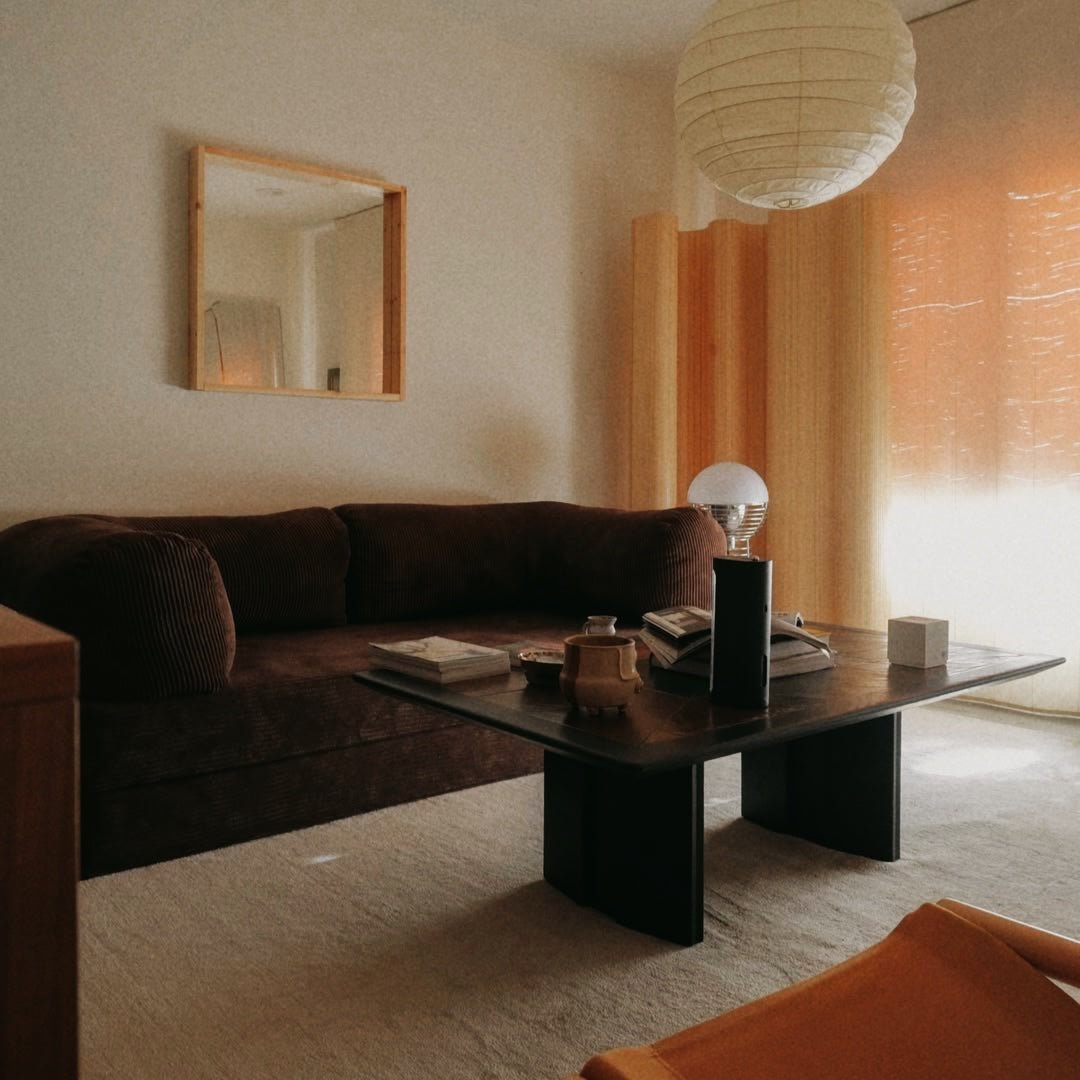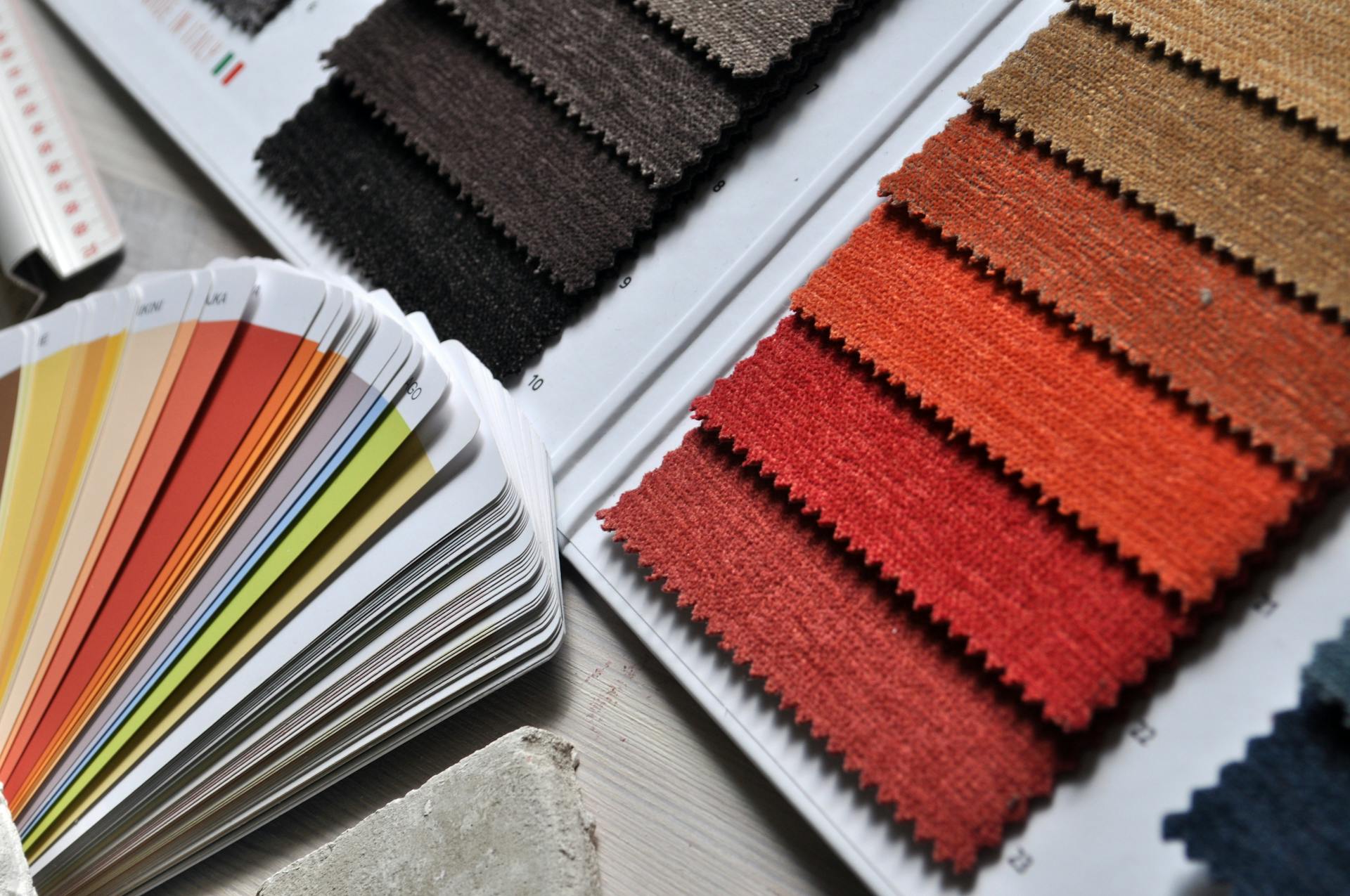5 Signs You Need a New Sofa
Summary
Your sofa should make you feel at home, not restless. Over the years, even well-made sofas lose their shape, color, and comfort. When sitting no longer feels relaxing, or your sofa simply doesn’t fit your lifestyle anymore, it’s time to pay attention. This guide shows the key signs that it’s time for a new sofa and how to find one that feels just right for you.
How Long Should a Sofa Last?
A good sofa can serve you between seven and fifteen years. But time, movement, and daily use slowly affect its shape and comfort. If cleaning, flipping cushions, or adjusting pillows no longer helps, your sofa is probably past its best years.

Sign 1: The Cushions Have Lost Their Bounce
If your sofa feels flat or uneven, the internal foam and springs have weakened. Constantly adjusting cushions or using extra pillows are clear signs that the structure has given up. A new sofa will restore balance, comfort, and that feeling of lightness when you sit down.

Sign 2: The Frame or Structure Feels Weak
When a sofa starts squeaking, moving, or dipping on one side, the internal frame has likely loosened. This isn’t just inconvenient; it can affect posture and durability. A strong hardwood frame is the foundation of a long-lasting sofa and makes a world of difference.
Sign 3: Visible Wear, Stains, or Fading
Fabrics fade, colors lose depth, and stains become permanent. Over time, your sofa can trap dust and allergens that affect both appearance and air quality. A new sofa refreshes your space, giving it that clean, uplifting look again.

Sign 4: Discomfort or Poor Ergonomics
If your back aches after sitting for a while, your sofa no longer supports you properly. Ergonomics play a big role in relaxation, and old cushions can’t deliver that anymore. A new design with supportive foam and proper seat depth can completely change how you feel in your own living room.

Sign 5: It No Longer Fits Your Style or Space
Sometimes, your sofa isn’t worn out,it’s just outdated. Maybe your home decor evolved, or your space changed. When your sofa no longer reflects who you are or how you live, replacing it becomes an upgrade in both comfort and style.
Quick Comparison: Old vs. New Sofa
| Aspect | Old Sofa | New Sofa |
|---|---|---|
| Comfort | Sagging, uneven | Supportive, balanced |
| Style | Outdated | Fresh, versatile |
| Hygiene | Collects dust | Easy to clean |
| Structure | Weak frame | Reinforced build |
| Overall Feel | Dull | Renewed and inviting |
How to Choose a Replacement Sofa
Look for structure, comfort, and design that matches your lifestyle. A solid hardwood frame lasts longer. High-density foam keeps its shape. Easy-clean fabrics save you from stress.
If you live in a small apartment, a corner or modular sofa helps save space. For larger homes, go for neutral tones that blend with your interior and stay timeless through trends.

FAQ
How do I know when to replace my sofa?
When it sags, squeaks, or no longer feels comfortable, it’s time.
Can reupholstering fix it?
Only if the frame and foam are still strong; otherwise, it’s better to replace it entirely.
How long does a good sofa last?
Usually between ten and fifteen years with proper use and maintenance.
Conclusion
A sofa is not just a seat. It’s where you recharge, connect, and create memories. When comfort fades or your space no longer feels inviting, a new sofa can transform how your home feels. Investing in one isn’t just about style; it’s about bringing back the ease, warmth, and balance that every home deserves.
References
American Home Furnishings Alliance. (2023). Furniture lifespan and replacement trends in modern households. Retrieved from https://www.ahfa.us
Interior Design Institute. (2024). Sofa ergonomics and consumer comfort study.




 Confex Sofas
Confex Sofas Sofio Poufs
Sofio Poufs



Teilen:
Wie oft sollte ich mein Sofa reinigen? Ein umfassender Leitfaden
What Is the 2/3 Rule for Sofas and How to Choose the Right One